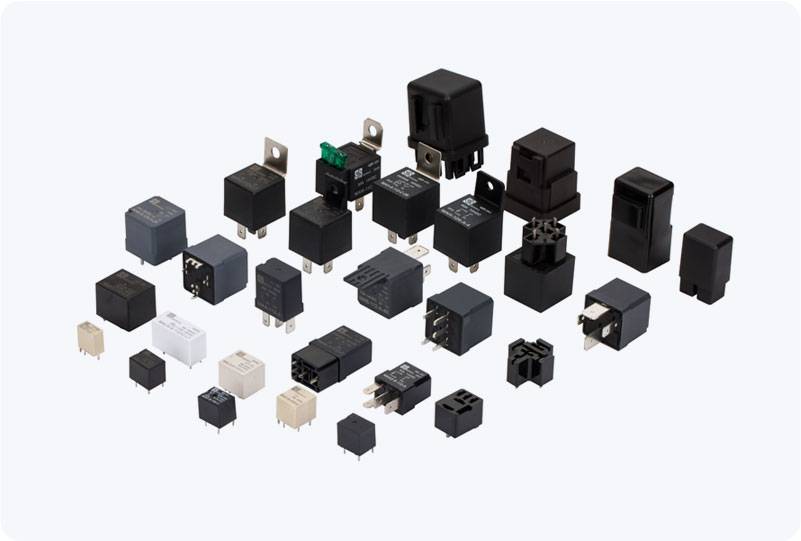In modern electrical systems, ensuring the safety and longevity of motors and other sensitive equipment is a top priority. One of the most effective devices used for this purpose is the Current Overload Relay. This protection device is vital for preventing damage caused by excessive currents that could potentially overheat and damage electrical machinery. In this article, we will explore the function, types, installation, and importance of current overload relays in electrical systems.

What is a Current Overload Relay? A Current Overload Relay is a protective device designed to safeguard electrical systems, particularly motors, from damage caused by an overload. It monitors the current flowing through a circuit and operates based on the principle that electrical circuits and machinery are rated to handle only a certain amount of current. When the current exceeds the set threshold for a specific period, the overload relay will interrupt the circuit, cutting off power to prevent overheating, electrical faults, and potential fire hazards. These relays are crucial in environments where continuous motor operation is essential for processes, such as manufacturing plants, HVAC systems, and even household appliances. Without this protection, motors and circuits are susceptible to electrical failure, reduced lifespan, or even catastrophic damage due to sustained overload conditions.
Leave a Reply